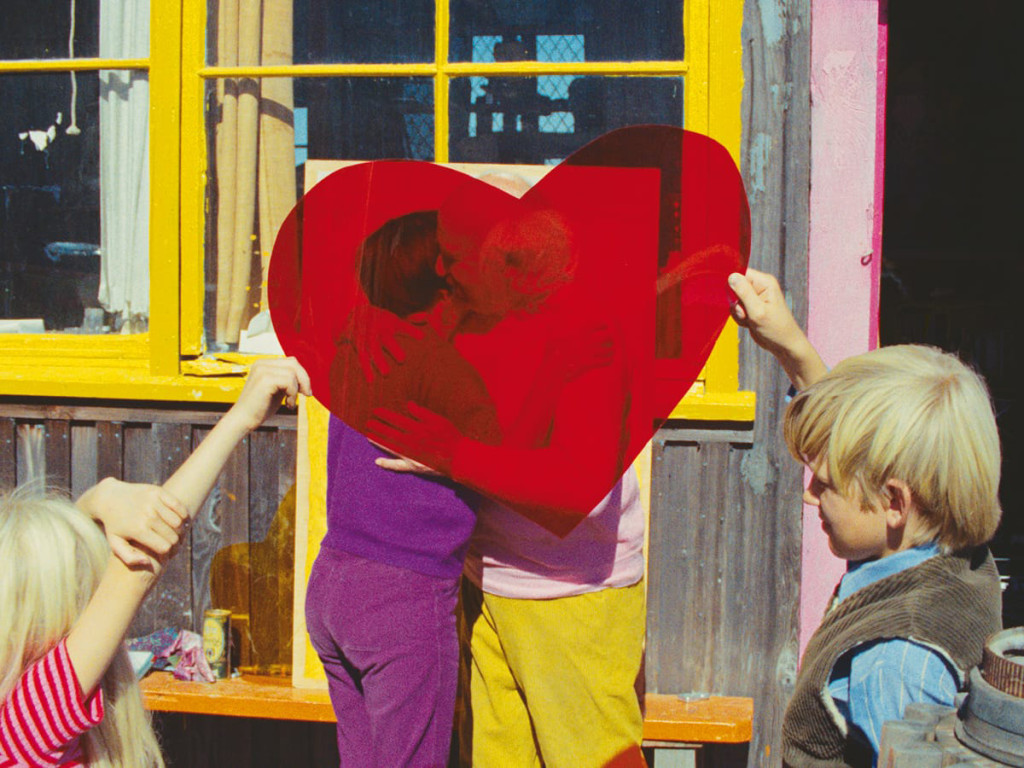[ad_1]
Making art is, on the whole, boring. Artworks are interesting, but the process of making them tends to be halting, frustrating, and too tedious for anyone, even the artist, to maintain attention. There are some well-touted exceptions to this rule, but the paint splattering and stunts and gimmicks can seem like compensation for what is basically an unshowy practice, full of big hunks of boredom. As David Lynch said, to do one hour of good painting you need four hours.
Just as most art-making is boring, most films about artists are boring. They have no obvious climaxes in the way that films about lawyers or athletes do. Usually they say nothing especially creative about creativity.
The ten films discussed below—all streaming online—are decidedly not boring. They are also, by the same token, not really about the act of making art: for the most part they are more interested in the raw materials of the artists’ lives. They’re not afraid to mimic their subjects’ visual styles, or parody them, or ignore them completely, or work in equal but opposite styles. Some are works of fiction, some are ostensibly nonfiction, but all ten, without preciousness or corniness, present artistry as a kind of unsolvable riddle. They like their subjects too much to give away all their secrets.

Shochiku Eiga/Kobal/Shutterstock
Utamaro and His Five Women (Kenji Mizoguchi, 1946)
There’s an element of self-portraiture in the way most directors treat the lives of artists, and usually it’s a little self-congratulatory. In Utamaro and His Five Women, the artist-director comparison seems apt for once: like the Edo period woodblock artist Kitagawa Utamaro, Mizoguchi was an exceptional image-maker who worked in a medium that was widely seen as “low” and drew inspiration from the lives of working-class women, often prostitutes. The film, a favorite of Susan Sontag’s, contains one of the most succinct expressions of artistic integrity in any film: “I would not make prints if I feared death.”

Courtesy Criterion Collection
Uncle Yanco (Agnès Varda, 1967)
I first heard about Jean Varda from a Phillip Lopate essay in which he calls the artist “the man who gave joie de vivre a bad name.” While Varda’s twinkling mosaic-paintings aren’t to everyone’s taste, his distant cousin Agnès Varda’s short documentary on his life and work is all but irresistible. In the opening minutes, she wisely casts a shadow over the proceedings by noting that America is at war with Vietnam and her cousin’s native Greece “is in the hands of bastards. It’s a military junta.” The rest of the film pulls off the trick of being whimsical but not naive. You have the sense that Jean’s manner, and Agnès’s, is a clearheaded response to tyranny—what Jean calls “a revolution without bloodshed.”

Arte France Cinema/C R R A V Nor
Camille Claudel 1915 (Bruno Dumont, 2013)
Sculptor Camille Claudel spent the last thirty years of her life in an asylum, where she had no way of practicing her art. Her brother Paul, who’d committed her there against her will, said that confinement would help her rediscover God. From this ghoulish bit of history, Dumont made a film that—much like the famous passage about Shakespeare’s sister in A Room of One’s Own—asks what happens when a great female artist is denied her freedom, dignity, and materials. It’s a disturbing premise, but Dumont gives the film a redemptive, spiritual tone that beggars Paul’s pompous religiosity. Even when you take into account Dumont’s bizarre recent Joan of Arc films, this is the closest he’s come to evoking the life of a saint.
Kanopy / MUBI / Prime Video / YouTube

Peter Watkins
Edvard Munch (Peter Watkins, 1974)
Watkins’s docudrama combines techniques that don’t usually go together: intense, full-bodied acting and jarringly calm narration, exactingly choreographed historical reenactments and improvised, fourth-wall-breaking asides. Miraculously, these approaches don’t cancel each other out. Instead, they add up to one of cinema’s sturdiest, most nuanced studies of a real-life artist. Consider the short scene in which Munch sketches Melancholy (1891). We can hear every scratch of charcoal; each brushstroke fills the screen with color. Then the narrator butts in: “He allows the preliminary drawings in pencil and pastel, including the corrections made to them, to remain in the final work to show its spontaneity.” It’s a sudden breath of fresh air in what so far has been a claustrophobic scene, and a fine example of Watkins’s nimble movement between first- and third-person storytelling.
[ad_2]
Source link

